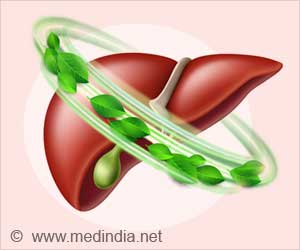
‘Teens who harm themselves are three times likely to commit violent crimes, reveals a new study. Therefore, providing self-control training can prevent harmful behaviors and violent crime among self-harming teens.’
Read More..Tweet it Now
The study also found young people who harm themselves and commit violent crime -- "dual harmers" -- are more likely to have a history of childhood maltreatment and lower self-control than those who only self-harm. Thus, programs aimed at preventing childhood maltreatment or improving self-control among self-harmers could help prevent violent crime, the authors state.Read More..
Rates of self-harm -- deliberately harming oneself, often by cutting or burning -- have increased substantially among adolescents in recent years both in the United States and the United Kingdom. In the U.S., roughly one in four teenage girls try to harm themselves and one in 10 teenage boys. In the U.K., the yearly incidence of self-injury among teenage girls has risen by nearly 70 percent in three years.
"We know that some individuals who self-harm also inflict harm on others," said Leah Richmond-Rakerd, lead author of the study. "What has not been clear is whether there are early-life characteristics or experiences that increase the risk of violent offending among individuals who self-harm. Identifying these risk factors could guide interventions that prevent and reduce interpersonal violence."
In the study, Richmond-Rakerd and researchers from Duke and King's College London compared young people who engage in "dual-harm" behavior with those who only self-harm.
Participants were from the Environmental Risk (E-Risk) Longitudinal Twin Study, a nationally representative U.K. cohort of 2,232 twins born in 1994 and 1995 who have been followed across the first two decades of life. Self-harm in adolescence was assessed through interviews at age 18. Violent offenses were assessed using a computer questionnaire at age 18 and police records through age 22.
Advertisement
Researchers also found that those who committed violence against both themselves and others were more likely to have experienced victimization in adolescence. They also had higher rates of psychotic symptoms and substance dependence.
Advertisement
Additional recommendations include:
- After incidents of self-harm, clinicians should routinely evaluate a person's risk of suicide. Clinicians should also assess a person's risk of committing acts of violence against others.
- Improving self-control among self-harmers could help prevent violent crime. Self-harming adolescents should be provided with self-control training, which may reduce further harmful behaviors.
- Self-harm and violent crime have largely been studied separately within the fields of psychology, psychiatry and criminology. Interdisciplinary research should be pursued, since it could yield new insights.
Source-Eurekalert








